Thu 11 Dec 2014 in Policy & Regulation, Asia, Europe, North America by Philip Woodcock*
Recently, whilst on holiday, I had the opportunity to discuss the state of the world with a Mormon missionary. The
conversation evolved over coffee and pancakes to whether the Bible should be interpreted literally or used as a guideline
on how to live with our neighbours. Although we come from very different backgrounds – with me a lapsed Anglican and
he someone who has dedicated his life to preaching a very particular version of the Bible – we agreed that, as guidelines,
the Bible had a lot going for it, but it should not be taken literally.
Since the discussion, I have been closing out audit findings and answering questions related to International Marine
Contractors Association (IMCA) documentation from the various inspections carried out in my absence on the fleet of
crew transport vessels that we manage. I found myself being involved in similar conversations as I was on that day in
Yellowstone National Park: are IMCA documents strict requirements or ‘guidance’ on how to safely work in the offshore
construction industry? Here, the path is much more clearly marked, as IMCA has no regulatory powers and clearly states
in its objectives that it develops guidelines and not standards.
“In common with other trade associations,” says IMCA, “we provide members with guidance, allowing them to ‘selfregulate’
rather than look to clients or governments for setting rules and procedures. While governments legislate on a
range of issues in the public interest, they cannot produce legislation for every part of an industry’s operations – nor may
that be desirable. A key benefit of industry guidance is that it can be implemented and updated more quickly than
legislation, which is vital in an industry with rapidly advancing technology.”
It is up to the users of those guidelines to interpret how they fit into their own working practices and safety management
systems.
IMCA M 189 Marine Inspection for Small Workboats is an example of a document that requires the experience of the
inspector – and client – to use the guideline properly to achieve the desired results.
It is an international document but based primarily on the UK Workboat Code (MGN 280). It therefore may not meet all
the specific requirements of the vessel being audited in particular but does provide a good, common set of guidelines. A
literal interpretation of the questions in isolation without knowledge of the underlying rules that the vessel is certified to
will result in a large list of findings that cannot be solved, as they are not relevant to the vessel.
To attempt to resolve some of the technical issues of the document, IMCA is working on a revision, but a lot is still down
to the competence of auditors and their willingness to interpret the questions in light of the rules applicable to that vessel.
One always has to remember that a small workboat is not a full-blown Solas dynamic positioning offshore vessel and, as
such, will not comply with the same rules.
One example of how a guideline taken in isolation has been made a requirement was brought to my attention at a meeting
of the National Workboat Safety Forum earlier in the year. A forum member raised a concern that IMCA M 202
Guidance on the Transfer of Personnel to and from Offshore Vessels and Structures requires a crew member to be
tethered during transfer operations.
As one of the authors of the latest revision to this document, I was surprised that there was such a clear requirement and
consulted section 4.5.2 again. In fact, the section stated that tethering of the crewman should be one of the items
“considered” when reviewing a vessel for suitability.
Section 3.1 of the same document gives clear guidance on risk assessments, and the decision to tether should only be
made after a clear assessment of the risks. The design of bow transfer arrangements varies greatly among vessels, and
thus the risks vary as well. By making a guideline into a hard rule without allowing for a risk assessment, one creates the
possibility of introducing greater hazards than those that needed to be mitigated.
In my efforts to raise the awareness of safety and understanding of the rules in the renewable energy workboat industry, I
can be somewhat evangelical. Like my new friend in America, I have to keep reminding myself that it is the spirit of the
rules that is important and not blind, literal interpretation. Through understanding and open dialogue on identified and
assessed risks, the renewable energy industry can keep improving safety in the transfer of personnel offshore. OWJ
*Philip Woodcock is operations manager/QHSE/marine manager at Workships Contractors in The Netherlands



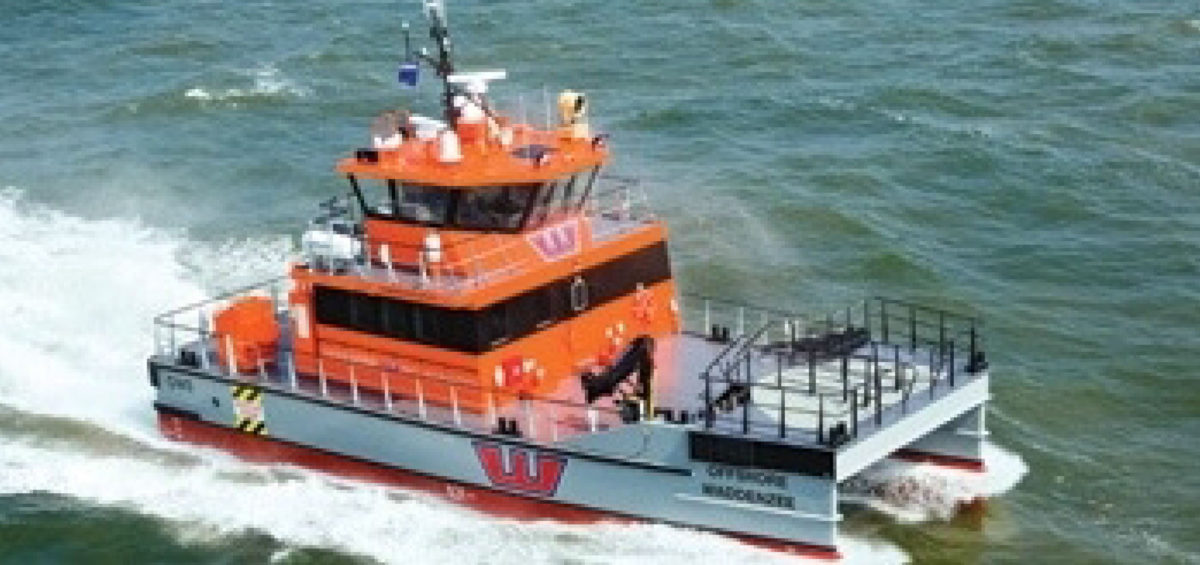
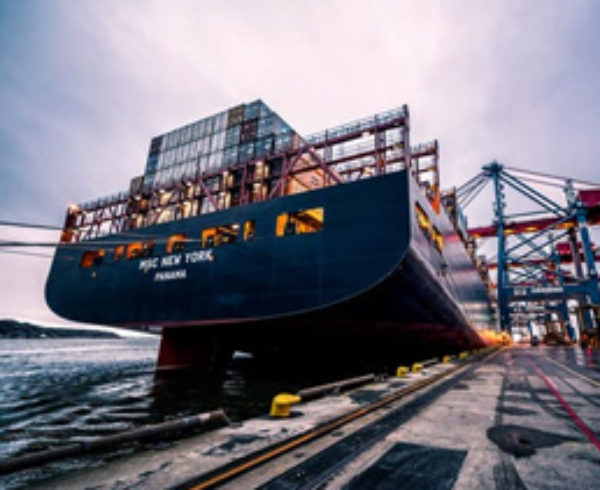
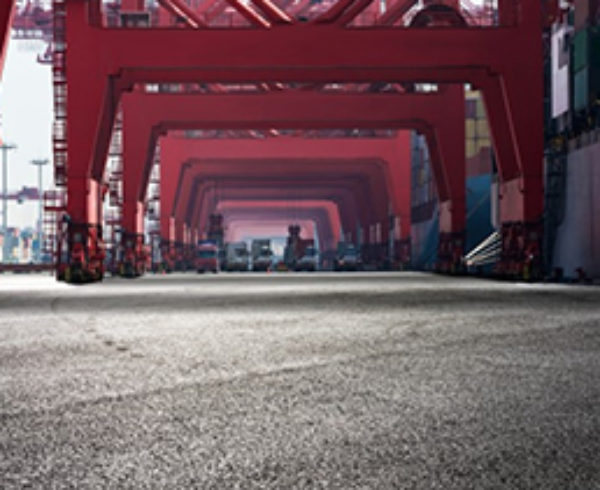
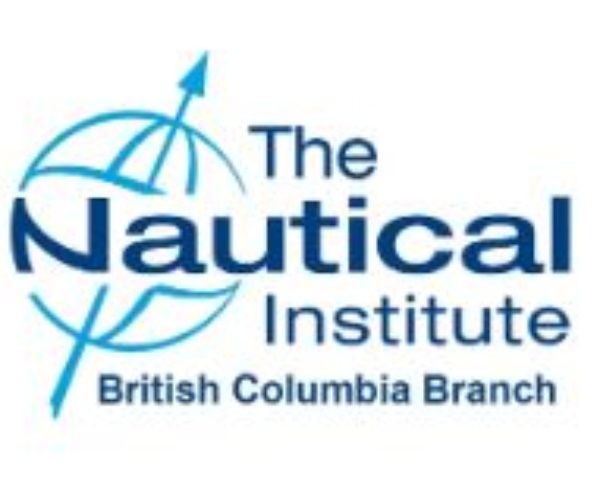
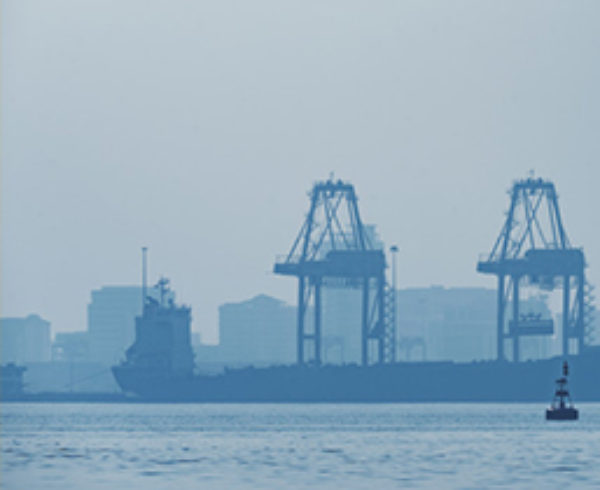

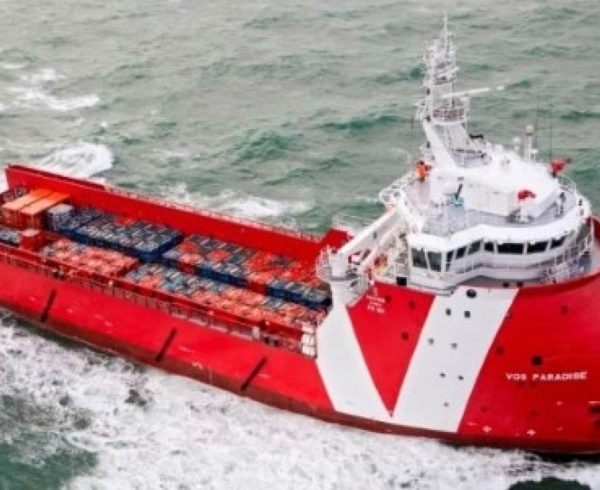
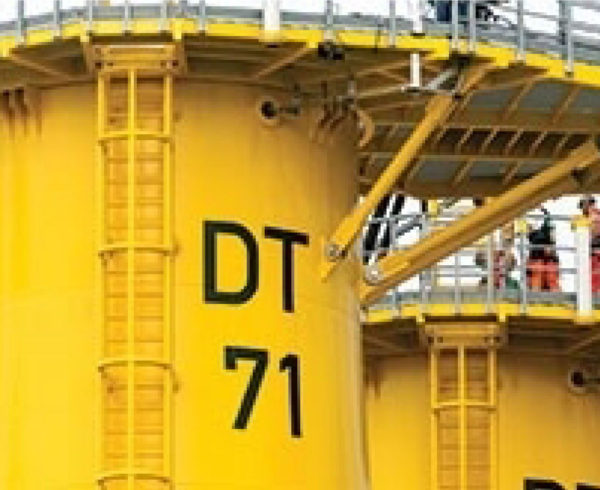


Leave a Comment